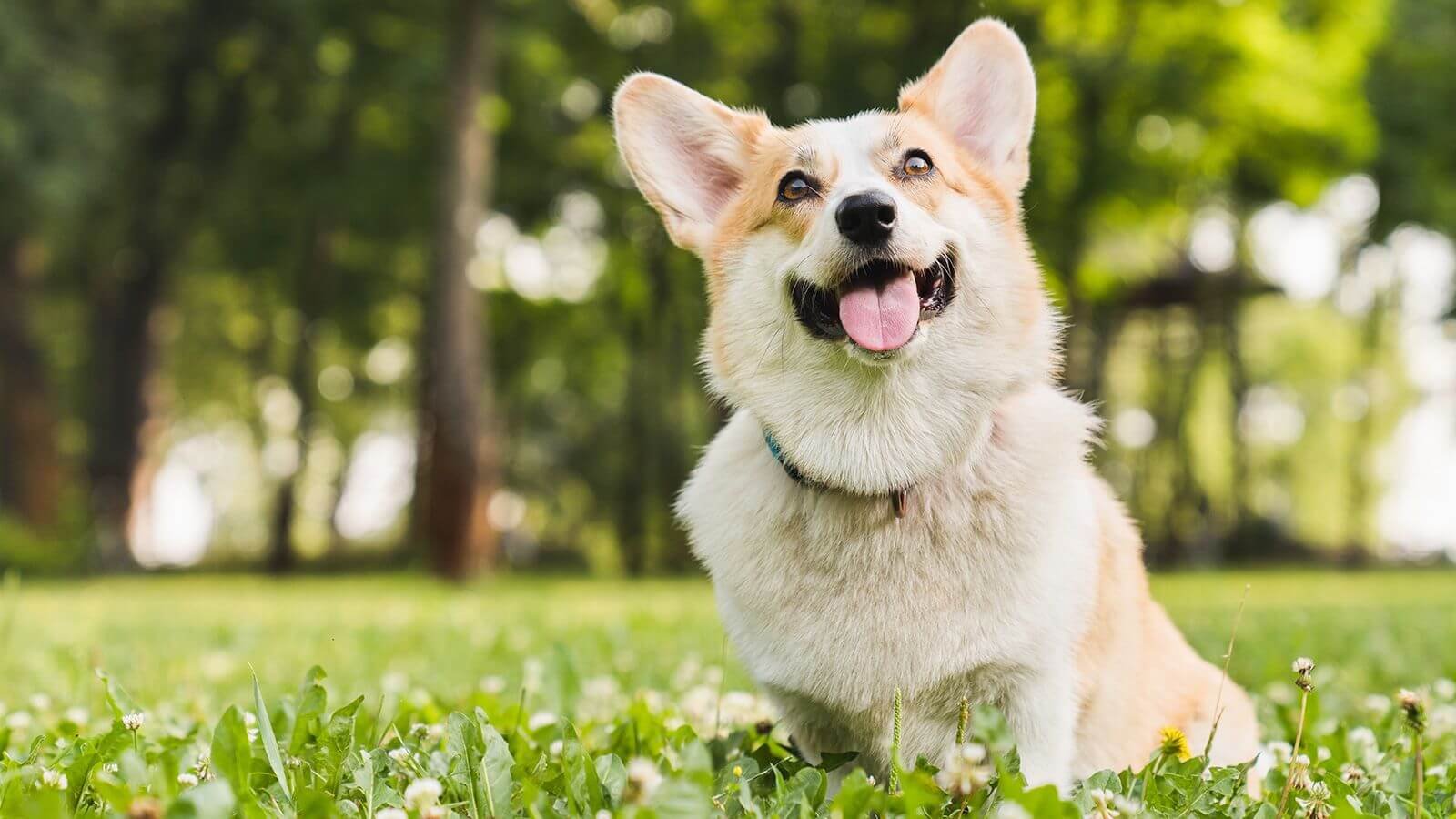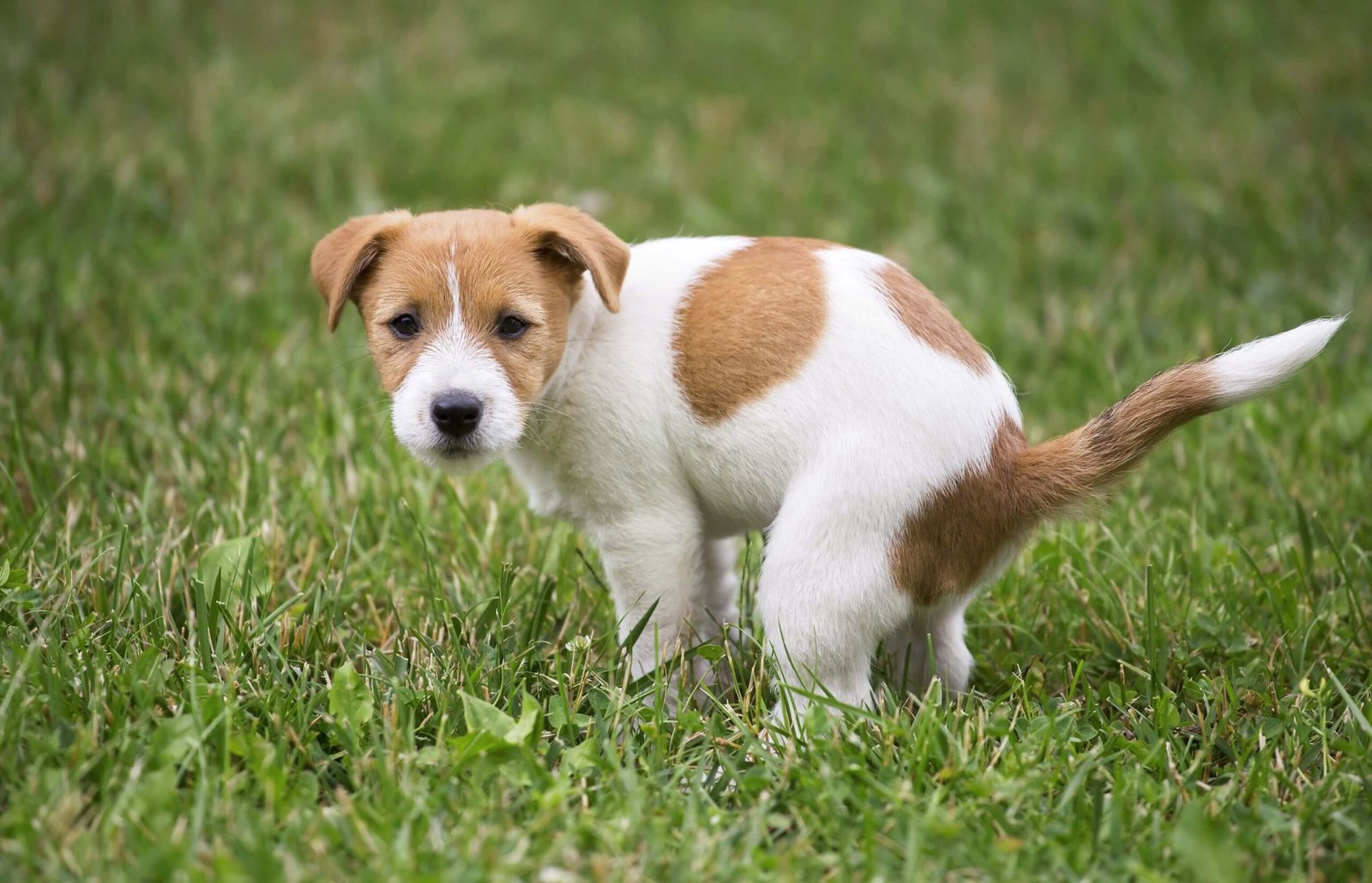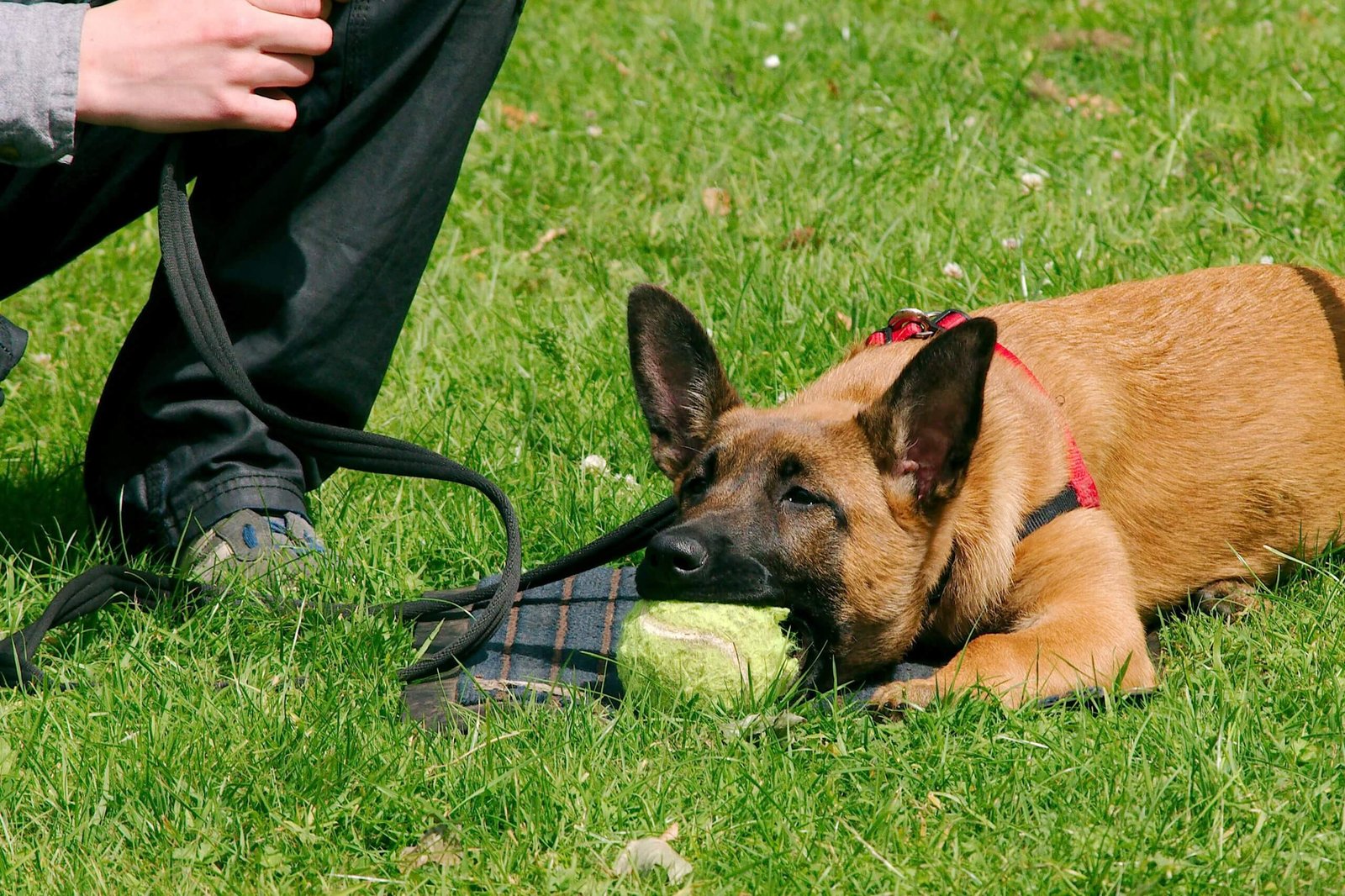Potty accidents aren’t just frustrating for doggy paw-rents. Dogs also are affected by them and how we take care of them. Read directly to learn more about unsurprising reasons and how to address them.
Potty training your dog can be daunting, but with the right approach, it can be done! Potty training accidents are something that every pet parent has to deal with, and they can be frustrating. But don’t worry. There are solutions to dealing with potty accidents to help you succeed in potty training your pup. From using Dog-Potty Solutions like Dog-potty to understanding what common mistakes people make when potty training their dogs and learning tips for successful potty training, these elements will give you the tools necessary to successfully potty train your pup without having to deal with accidents.

Common Mistakes When Potty Training Your Dog. There are many ways to achieve success when it comes to potty training your dog. However, there are some mistakes that people often make when attempting this process, resulting in many accidents. To avoid these common mistakes, be sure to read through the following list of common errors to get the best results possible: Using Treats as Reinforcements
– Instead of using treats to reinforce your dog’s behavior, you should focus on general praise and other positive reinforcement methods like interactive play or walks. This will help your dog understand that their behavior is something they want to be doing. Giving up on Training
– It is important to persevere with training and not give up on potty training your dog simply because it hasn’t been going well. Instead, try different training methods or use a reward system where you stop rewarding your dog for its previous behavior and only reinforce the current desired behavior.
Dogs should always be house-trained before being taken away from home for most people. There may be an initial period when they are at a loss as to what step to take when potty training their dog. However, there are a few steps that can help you on the road to achieving success. For example, the first step is to ensure your dog is house-trained. This means they have well-established potty training at home and are not just marking their territory in random areas around the house because they have free reign over their environment.
Next, when you bring your dog out for a walk or some other activity, set up a schedule for what time of day and how long it will last so that you can be sure to get them back inside after specific amounts of time.
What Causes Dogs to Have Potty Accidents?
The reasons for potty injuries range extensively and vary in severity. Some common causes are:
- Addiction as a consequence of unfinished or inadequate potty education
- Kidney ailment
- Alzheimer’s
- Incontinence
- No get entry to a dog potty and now not being taken out for sufficient walks
- UTI (urinary tract contamination)
- A move or exchange in the potty pad vicinity
- Alternate the daily schedule
If you have an older canine who’s wholly trained but gradually having more injuries, they’ll deal with a medical circumstance of a UTI or Alzheimer’s. If you’re uncertain whether or now not these may be at the back of the ongoing injuries, recall wherein and while your doggo has them. Are they erratic — in extraordinary places every time? Are they for the duration of the night or the period of their common potty instances? If there is less of a chronic to the accidents, it can be that your canine is struggling with an underlying medical difficulty.
A UTI can be a painful one. The good news is that there are some all-natural suggestions you could use to deal with your canine’s ache. For somebody who doesn’t have time or expertise to look after this, you can ask your vet for homeopathic cures or talk to the proprietor of Doggies Daycare, who may be most likely familiar with natural remedies for different medical situations. And if none of those options are significant, talk to your veterinarian to see if they can recommend a painkiller.
The maximum commonplace wrongdoer is unfinished or inadequate potty training, which could cause addiction to going to the toilet where your puppy shouldn’t. A huge clue is whether or not your canine is, again and again, going inside the equal vicinity. In that case, this, in all likelihood, method that even though they’ll not have finished potty training, they’re studying to designate a specific location in your house as their own private canine potty area.
The following rule to remember is that a dog will not go in its area, so consider moving your puppy’s potty zone somewhere else. If you’re unsure where to proceed, try replacing the stick with a blanket or towel to indicate you need the place for the opposite doable use. Below are some methods to assist your puppy in learning its potty place: Place a car key in the middle of the zone and let your canine pull it out. Please give them a treat when they leave their potty zone. Move the area after giving your dog a small reward for going it alone. Maintain on to a toy for as long as your dog is in their potty zone. Reward your canine with a vigorous play session when it leaves its potty zone.

How Can I Prevent Potty Accidents in the Home?
Figuring out the cause in the back of potty injuries goes a long way in stopping them. Understanding the motive will higher assist you in locating the correct answer to your fur toddler and your own home. If your pet is using the toilet a lot, it is most probable that they are constipated. Offering your cat more fiber in his meal plan might help this situation. Or you can give your pet a bowel movement every single day. There could be an issue with the location of where you are asking your pet to eliminate. You may need to move them towards the door if they prefer to relieve themselves inside and outside in their designated potty area, like in the garden or a grassy location near their home.
You may need to move it closer to the door if it is inside and they are not using the toilet. You may consider a larger-sized litter box. If your pet cannot get in or out of the box and gets stuck, you may need to cut one more edge off each wall.
If you suspect a more severe problem in the back of the accident, check in with your vet to see what is probably causing the pain. Even in case you experience certain there may be a clinical problem, they’ll be able to help you pinpoint the unique motive and treatment.
If the root cause is the pressure of addiction or because of inadequate training, smooth the affected location thoroughly to eliminate lingering scents as a lot as viable. Puppies are guided with their noses, and if the area is not nicely wiped clean, they may learn to identify it as their specific dog lavatory. In other instances, your pup may additionally want to move more frequently than assumed. In this case, they may need to be walked extra often or given admission to a pee pad to have a place to go among walks.
Once you’ve altered your canine’s environment and provided your dog with a reliable supply of pee-pee, it is best to attempt a DIY remedy. For example, you can try this homemade recipe for a pressure-free zone:1 tablespoon apple cider vinegar1 tablespoon baking soda1/2 cup boiling water and one package of zip-lock baggies. Break the baking soda into small bits and mix it in a dish with the vinegar. Use kitchen gloves to cover your hands and transfer half the mixture to a zip-lock baggie.
This has become an airtight package, which you can use on carpets, rugs, or upholstery to remove pet odor. Homeopathic Remedies: Homeopathic remedies are an alternate way of treating these issues. Many people have had success with homeopathy, and it’s a great way to work without having dangerous chemical substances on the fingers or harming your dog in any approach. The most typical remedies are mange, insect repellent, and upset stomach treatments.
Three days later, she developed a fever and a rash on her chest. This rash was about 3-4 inches square in size and yellowish-tan in color with raised scars. From the office of Dr. Andrew Hsu at the University of Pennsylvania: “I have seen cases where an infection caused by mites or dog salivary fluids has led to eczema on the face or body.
Although potty accidents can appear to be a nuisance, they must be taken seriously. Even a “small” motive, like needing to be walked more regularly, significantly influences our fur babies’ fitness and happiness.



